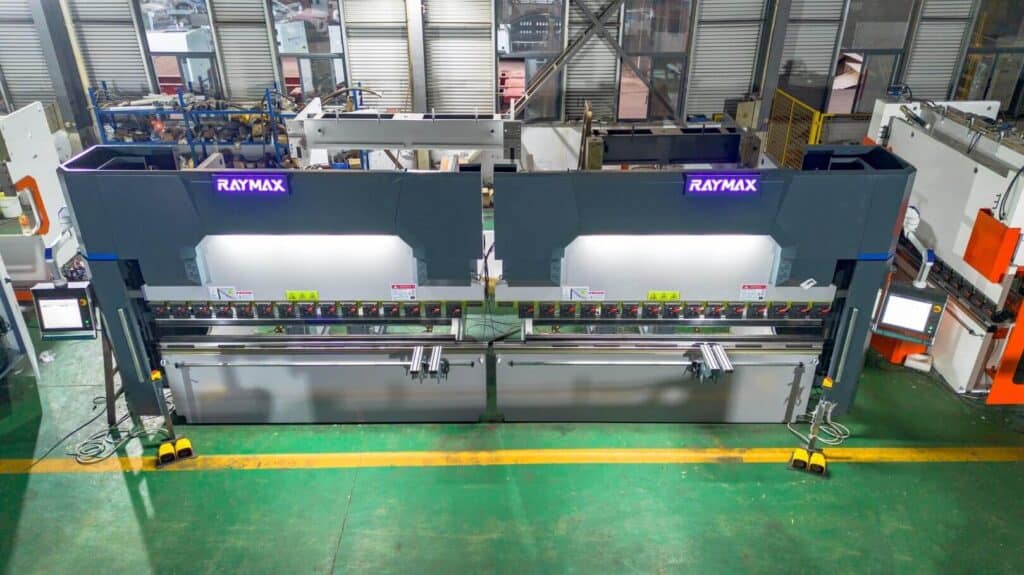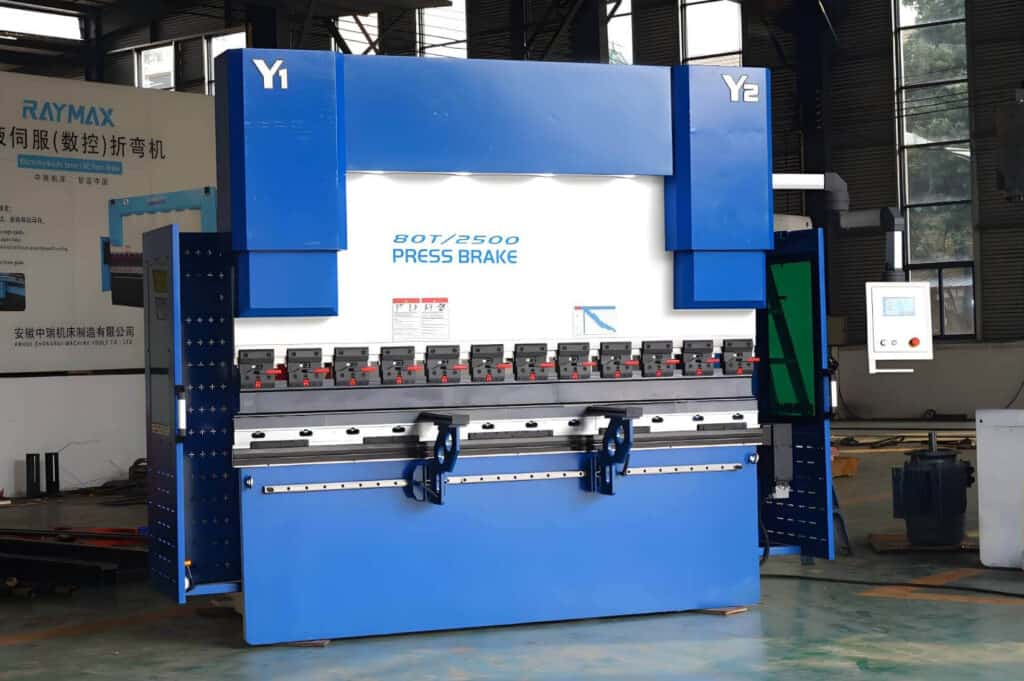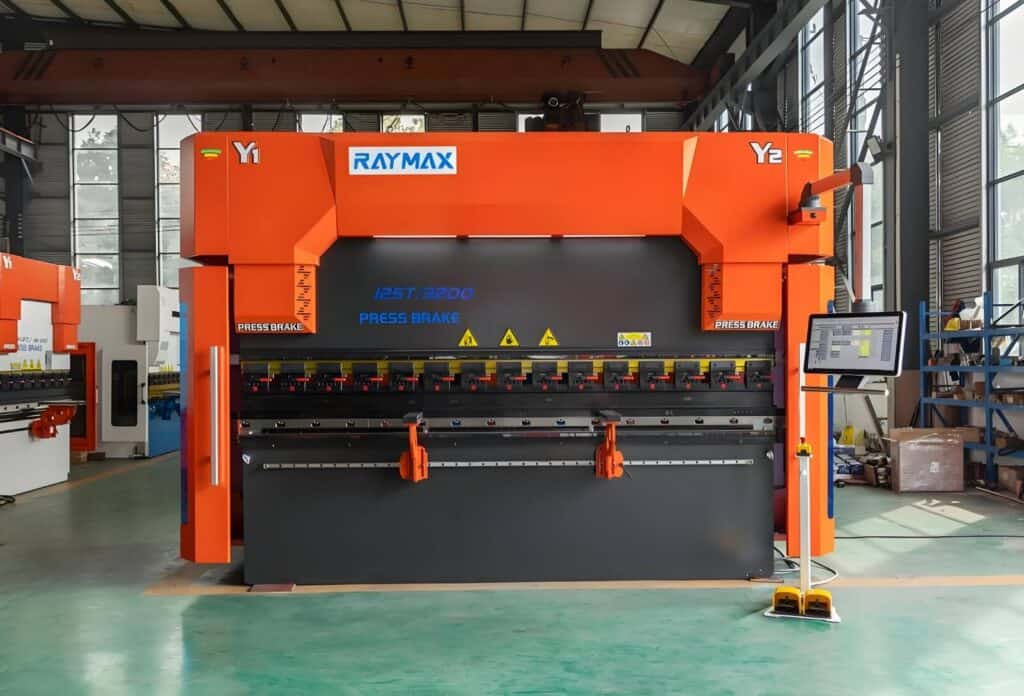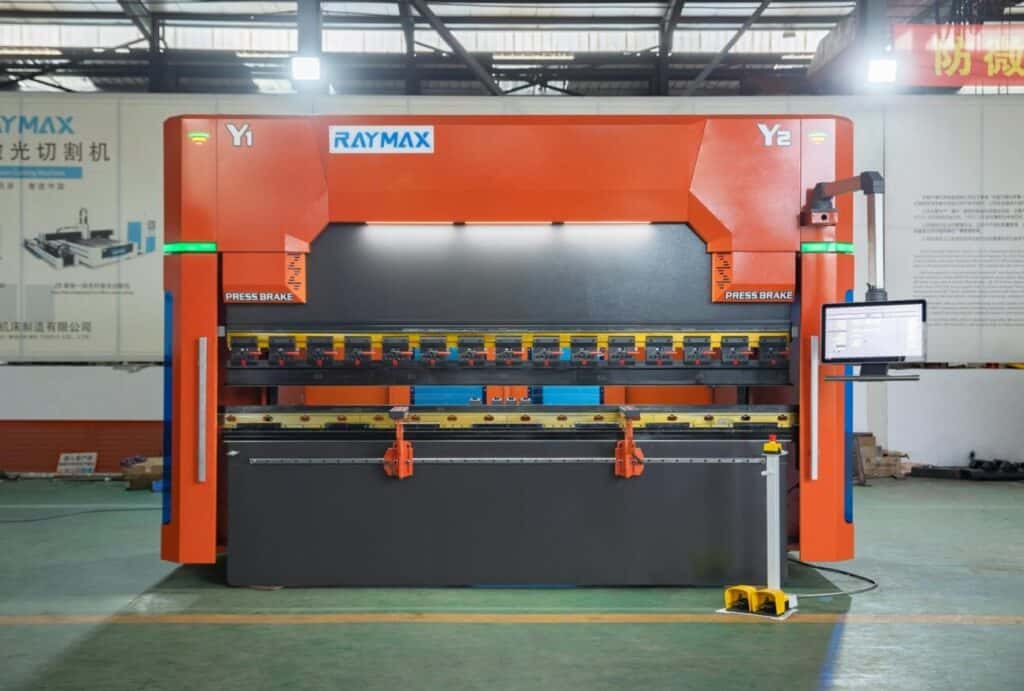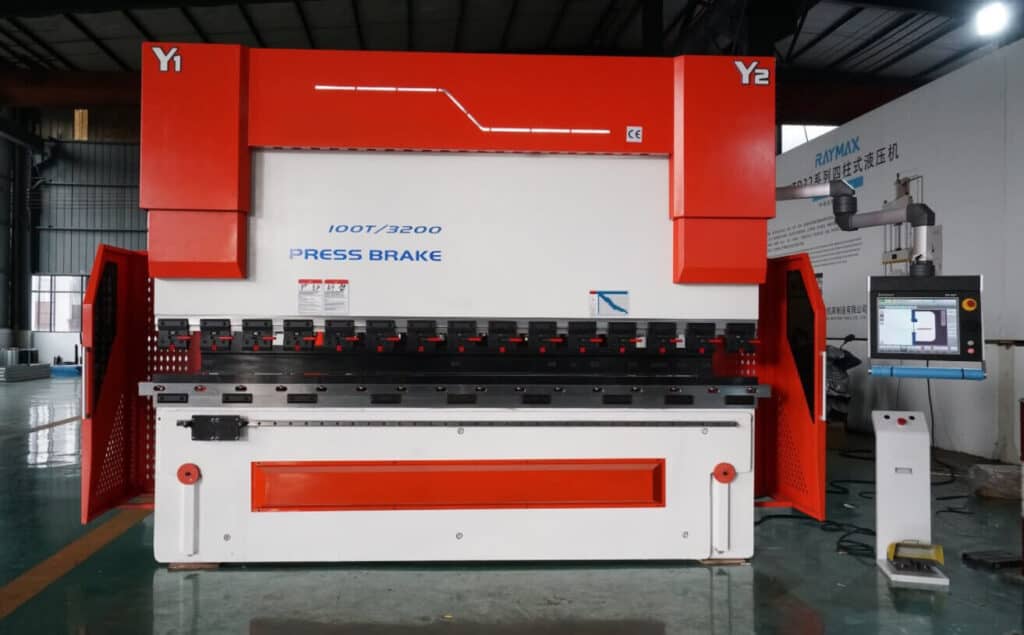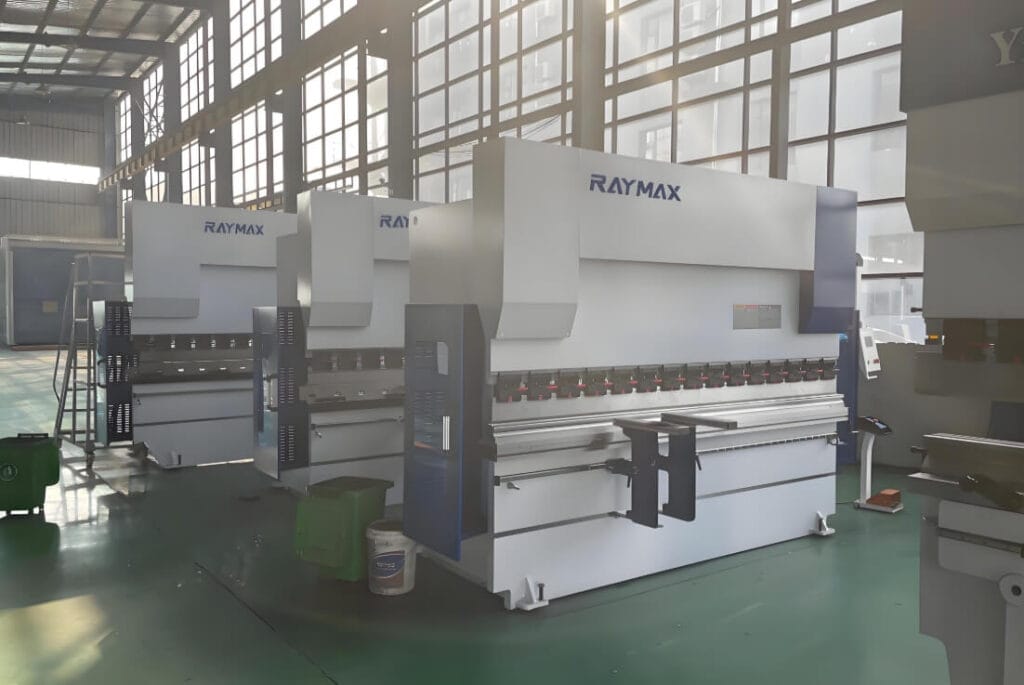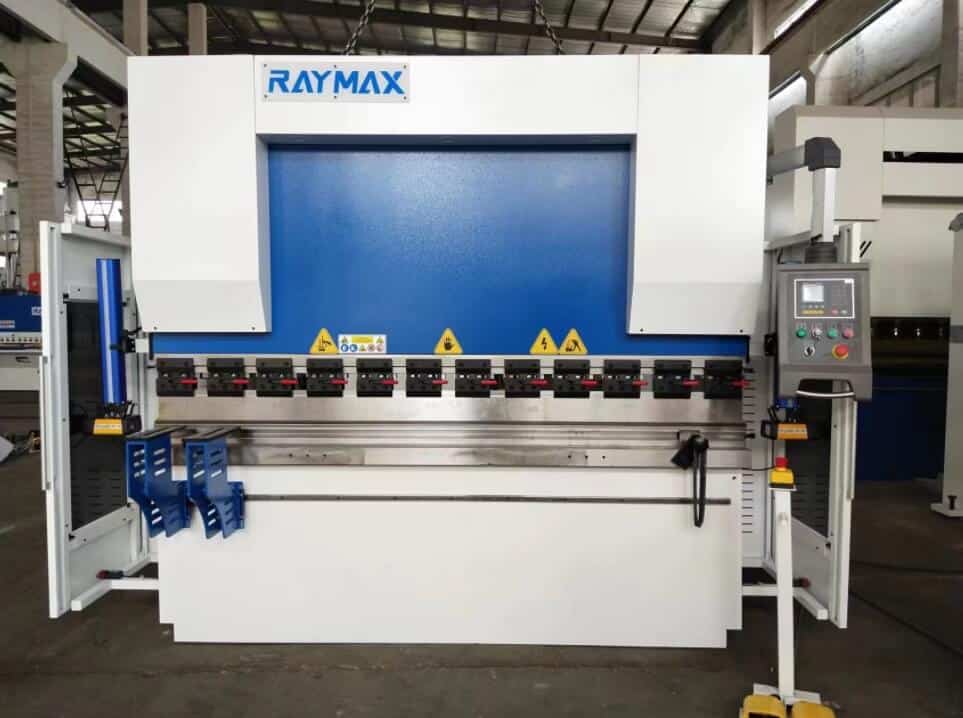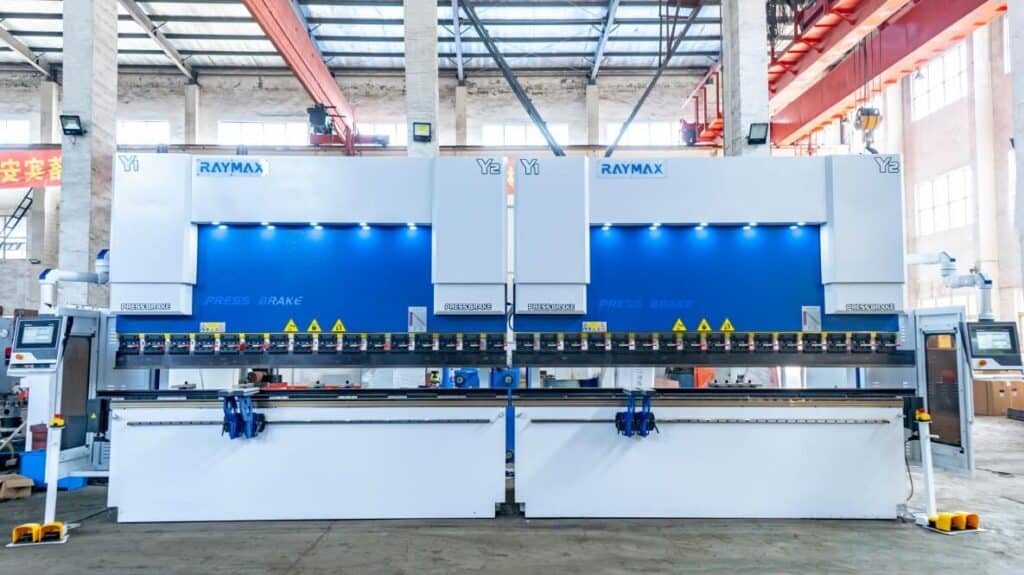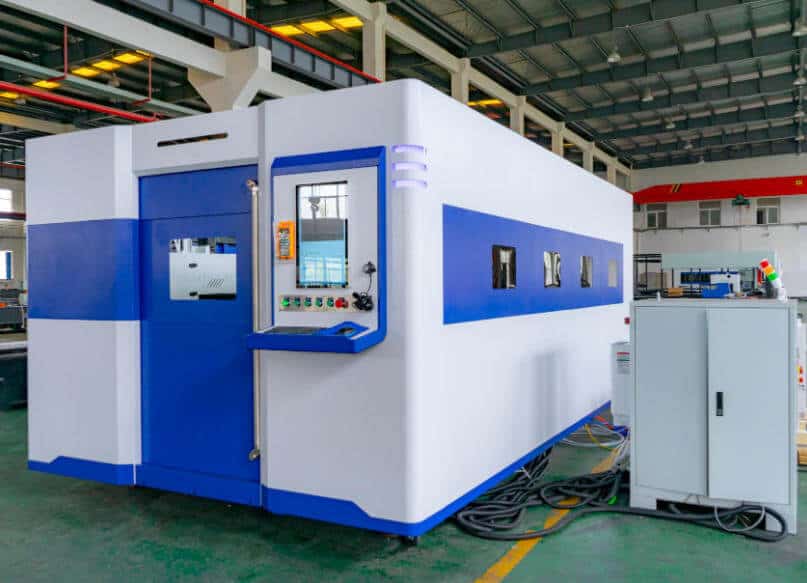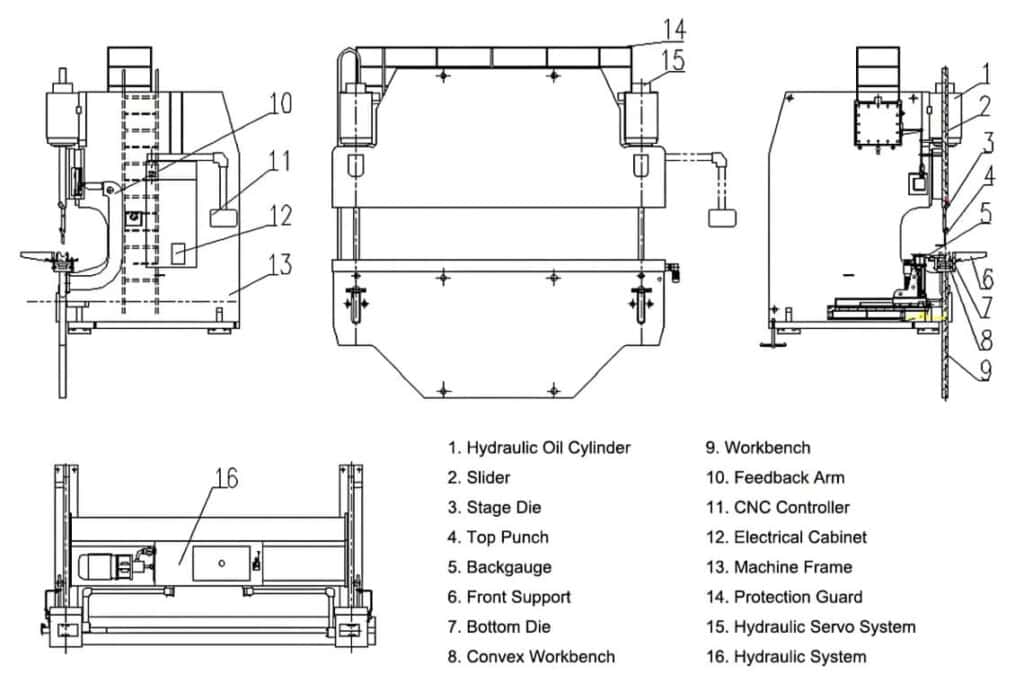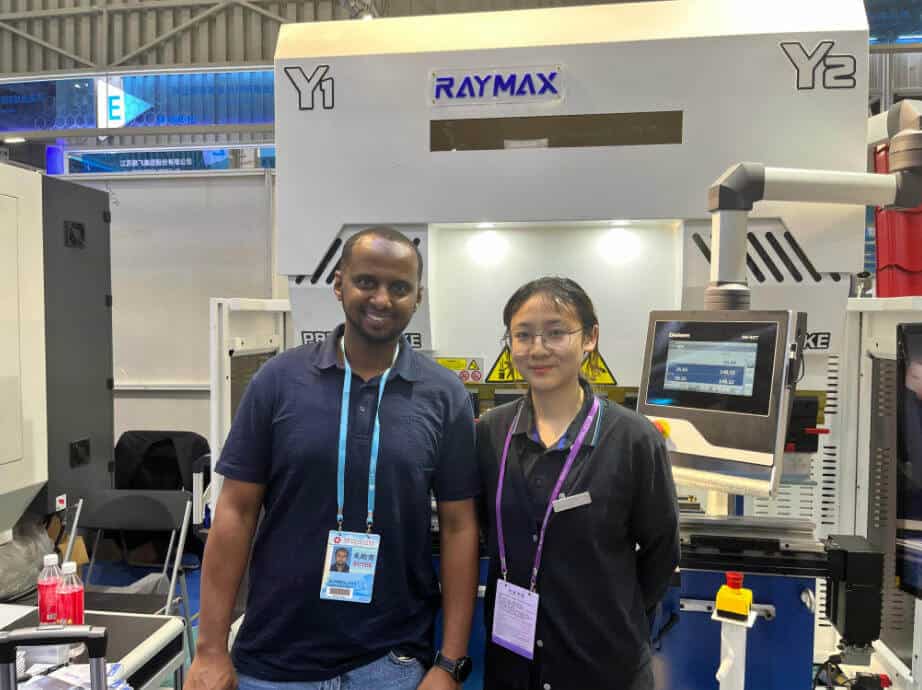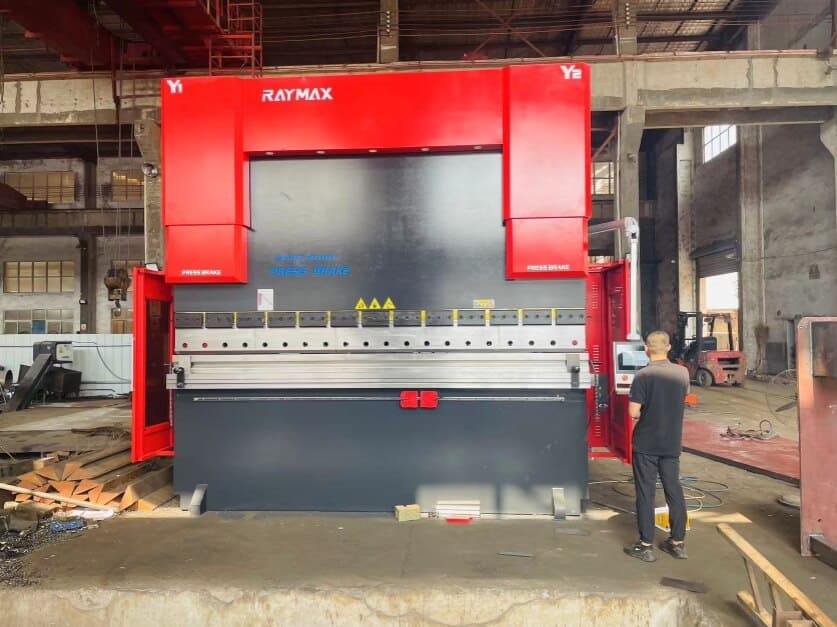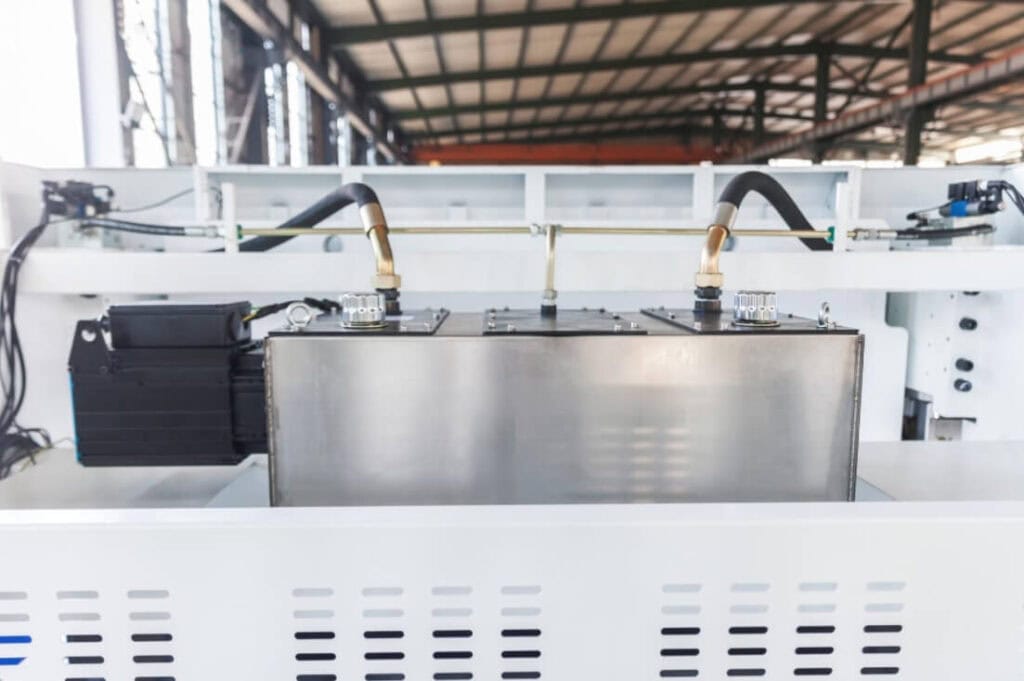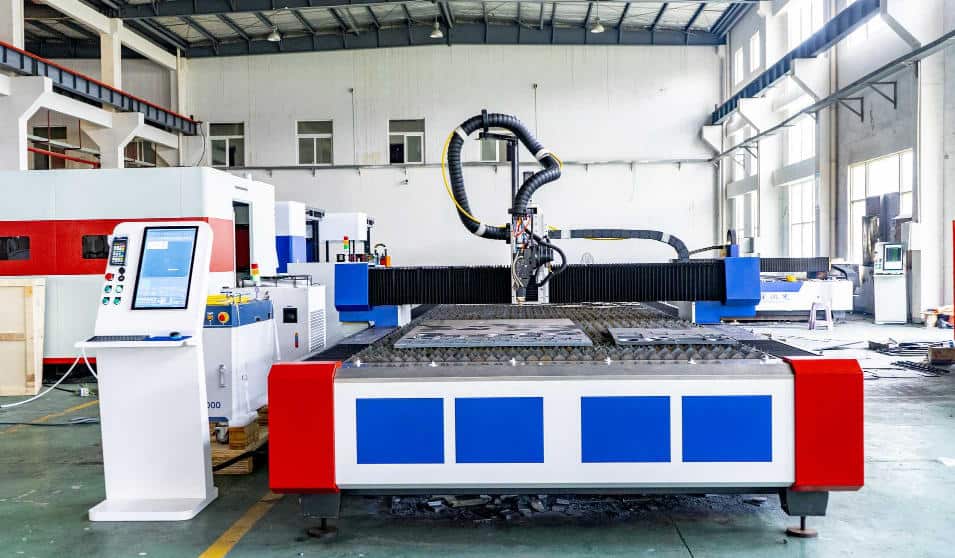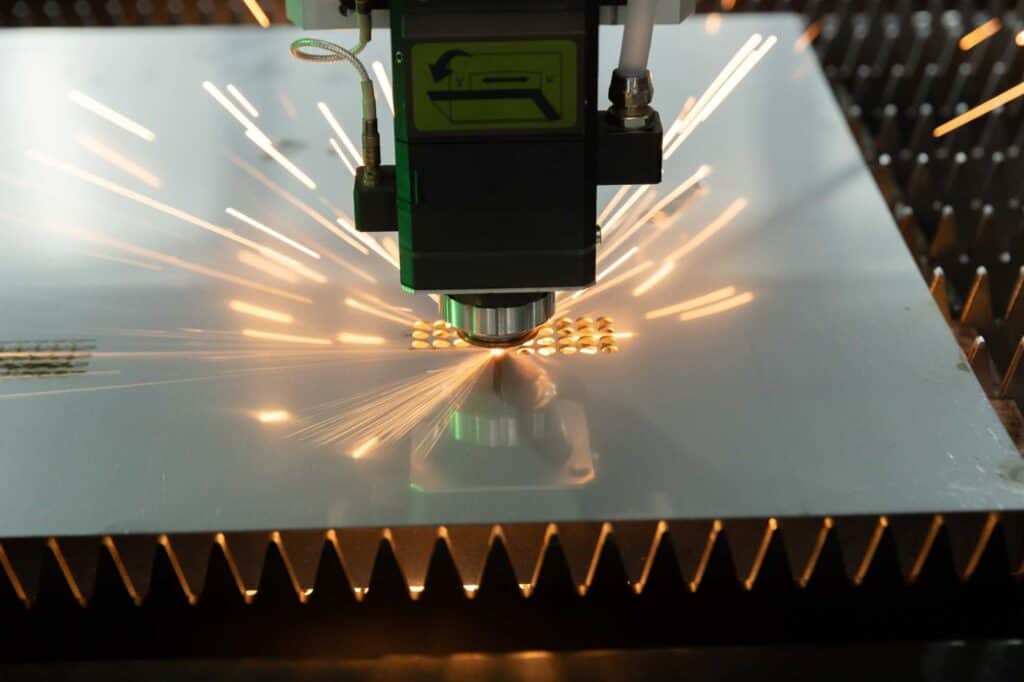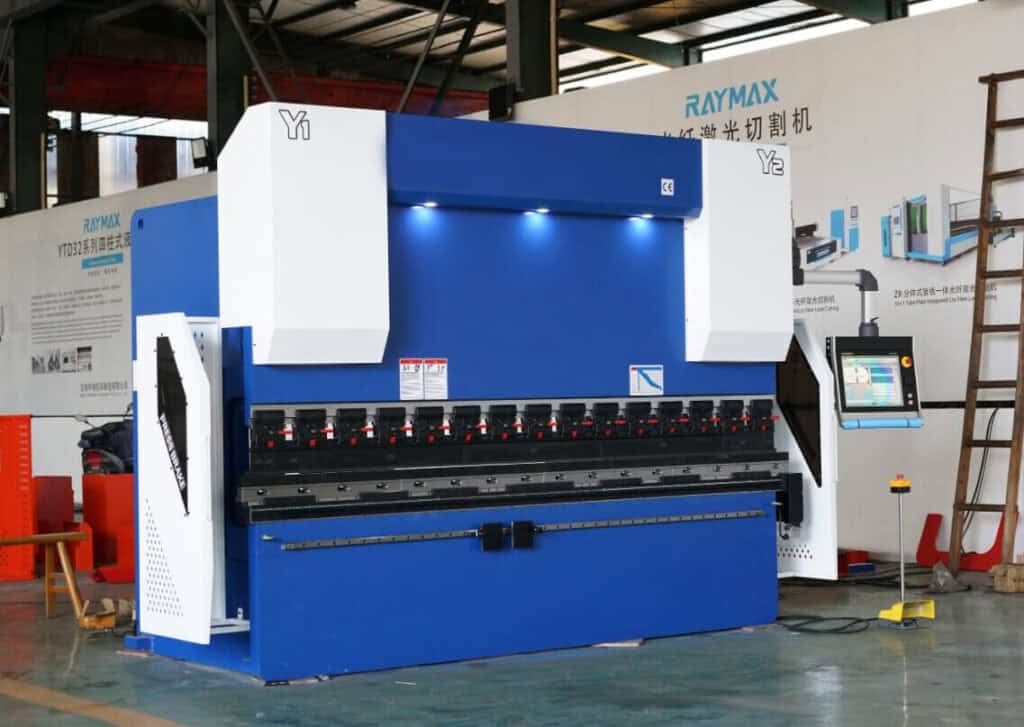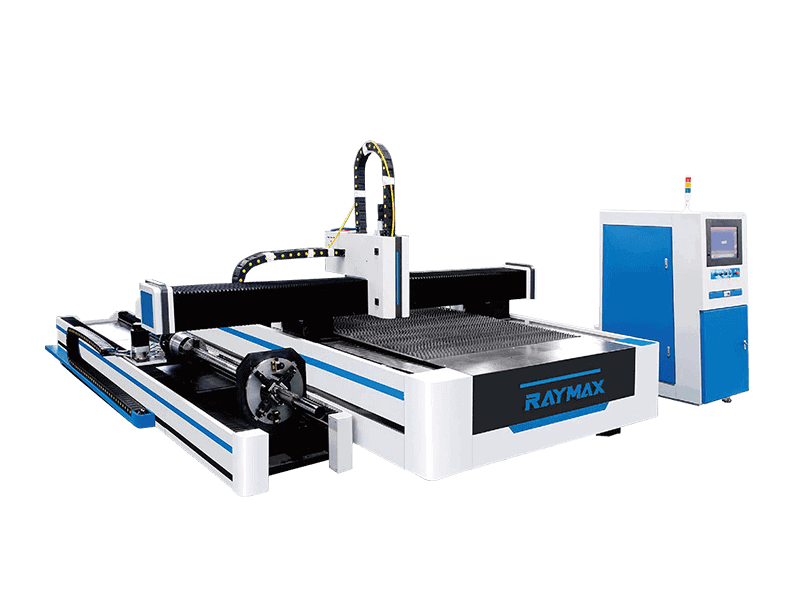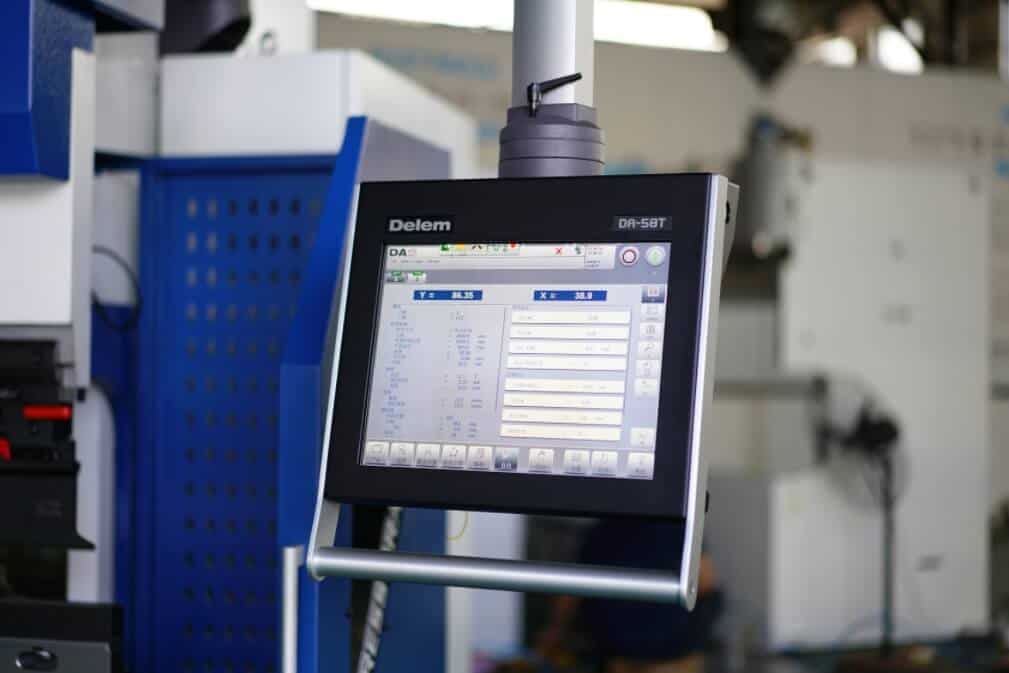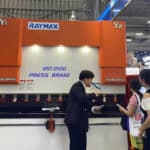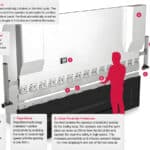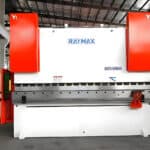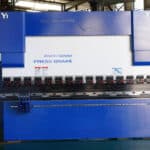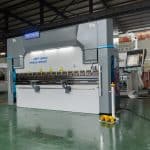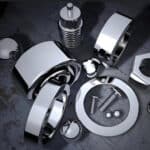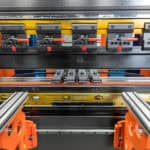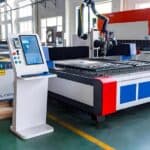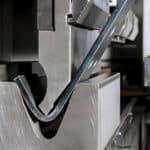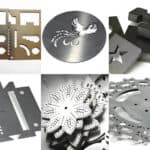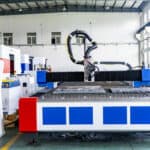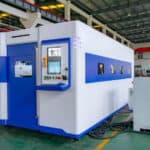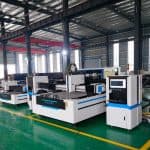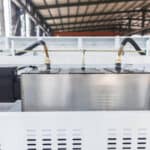1. Introduction
Fiber laser cutting equipment is widely used in the manufacturing industry. It mainly uses rare earth elements to produce optical fibers, and then the laser beam is amplified in the optical fiber, and the material is melted by focusing it, and the molten material can be blown away by the auxiliary gas, and the final material is cut with high precision.
Fiber laser machines mainly process metal sheets, such as carbon steel, aluminum, stainless steel, and other metal materials. It is usually used in precision electronic equipment, auto parts, handicraft production, etc. This article will focus on which materials fiber laser cutting machines are mainly suitable for cutting, and the advantages and limitations of cutting these materials.
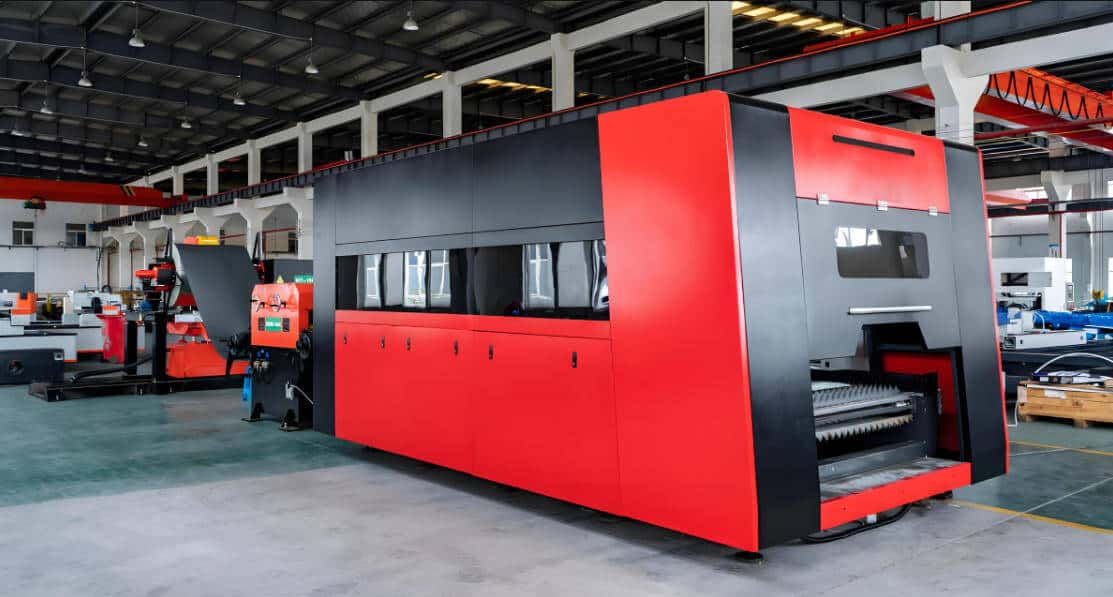
2. What materials can a fiber laser cutting machine cut?
2.1 Metal materials
2.1.1 Carbon steel
Carbon steel is relatively durable, it can cut materials with a thickness of 0.5 inches. And if you cut with the help of oxygen, which is an auxiliary gas, thick carbon steel plates can also complete precise cutting.
2.1.2 Stainless steel
Stainless steel is the most common cutting material in the manufacturing industry, as it can cut materials up to 0.75 inches thick and can cut up to 95% with a cutting efficiency, so it can complete clean, precise cuts.
2.1.3 Aluminum and aluminum alloys
Aluminum is a highly reflective material, because the fiber laser cutting machine has the advantage of anti-reflection, can complete the cutting very well, but too thick plates are still prone to slag, generally aluminum is recommended to cut 0.4 inches thick.
2.1.4 Copper and copper alloys
Since copper is a highly reflective metal material, it will make it more difficult to cut, but the current fiber laser cutting machine can be anti-reflective and will not curl the material, so as to ensure that the cutting edge is clean and flat.
2.1.5 Titanium, nickel and other special metals
Because fiber laser cutting equipment can handle the strength of titanium, it will not destroy the integrity of the material when cutting, and it is also widely used in medical, aviation and other fields.
2.1.6 Mild steel
Mild steel can be up to 0.6 inches thick and can cut 92%. Due to its smooth cutting, it is generally suitable for sheet metal processing, machinery manufacturing, etc., due to the different thickness and demand of mild steel materials, its cutting speed is different, and corresponding adjustments need to be made.
2.1.7 Galvanized steel
Galvanized steel is capable of cutting 0.55 inches, and its cutting efficiency is 88%. However, when cutting on a daily basis, good ventilation is necessary to prevent zinc vapor in galvanized steel from causing damage to the environment and producing harmful gases.
2.2 Advantages of fiber laser cutting metal materials
When it comes to cutting metal materials, fiber laser cutting machines have many advantages, which can improve the efficiency and precision of cutting.
2.2.1 High precision and high speed
Because the fiber laser cutting machine can produce aggregated high-energy laser beams, it can complete high-precision cutting, and the cutting edges are relatively clean, the details are relatively fine, and it is generally used in complex design and tight tolerance industries. Compared with traditional cutting machines, fiber laser cutting machines are faster, which can shorten the processing time and improve work efficiency.
2.2.2 Clean cuts
After cutting by the fiber laser cutting machine, the incision is relatively smooth and has no burrs, and there is no need for subsequent secondary treatment, and it can be assembled directly.
2.2.3 Versatility
The fiber laser cutting machine can cut different thicknesses and types of materials, and it is a versatile device.
2.2.4 Security
Since the fiber laser cutting machine has no mechanical pressure and does not directly contact the material, it can reduce the risk of injury to the operator, and the fiber laser machine has a closed beam path with a closed protective cover and extraction system, which reduces the laser beam exposure, which will make the environment safer and the operation safer.
2.2.5 Low maintenance cost
Due to the high efficiency of fiber laser cutting machines, their operating costs can be reduced, and material waste can be reduced. And because it has fewer moving parts, while the CO2 laser cutting machine requires auxiliary gas and optical components, the maintenance of the fiber laser cutting equipment is also relatively less, thus extending the service life of the fiber laser cutting machine.
2.3 Non-metallic materials
Although fiber laser cutting machines are inherently more suitable for cutting metal materials and are not enough to absorb for most non-metals, they can still cut some specific non-metals, such as thin plates and special materials.
2.3.1 Plastics
Laser cutting machines are generally suitable for cutting thin plastics or special plastics, such as polycarbonate or acrylic resin, and are generally not suitable for cutting thick plastic sheets. Due to the different power of fiber laser cutting machines, the quality of cutting will be different. However, it should be noted that when cutting plastics, it is easy to produce smoke or toxic gases, and it is necessary to exhaust the processing workshop to avoid damage to the safety of operators. It is generally used in various fields such as billboards, display racks or transparent covers.
2.3.2 Ceramics and silicon wafers
Fiber laser cutting machine generally does not cut ceramics, but etch the surface of the material, due to the high precision characteristics of fiber laser machine, it can finely process the surface of ceramics, and will not damage the integrity of the material. It is generally used in industry, decorations, medical care, etc.
2.3.3 Leather
Fiber laser cutting machine can cut leather, but it is easy to cause leather scorching and edge carbonization, so it is not recommended to use fiber laser cutting machine to cut leather, generally mainly used in leather goods, clothing engraving, etc.
2.3.4 Certain composite materials
Due to the uneven heat absorption of composite materials, it is not possible to cut thicker composite materials. Thin composite materials are usually cut, and when it is cut, it is easy to produce harmful gases, and the processing environment needs to be airtightly ventilated. It is generally used in aerospace, medical equipment and other aspects.
2.3.5 Fabric
The absorption rate of the fabric in the fiber laser cutting machine is relatively low, and it is easy to burn, discolor and even fire when cutting, so it is generally not recommended to use the fiber laser cutting machine to cut the fabric, it is mainly used in textile processing, clothing and other aspects.
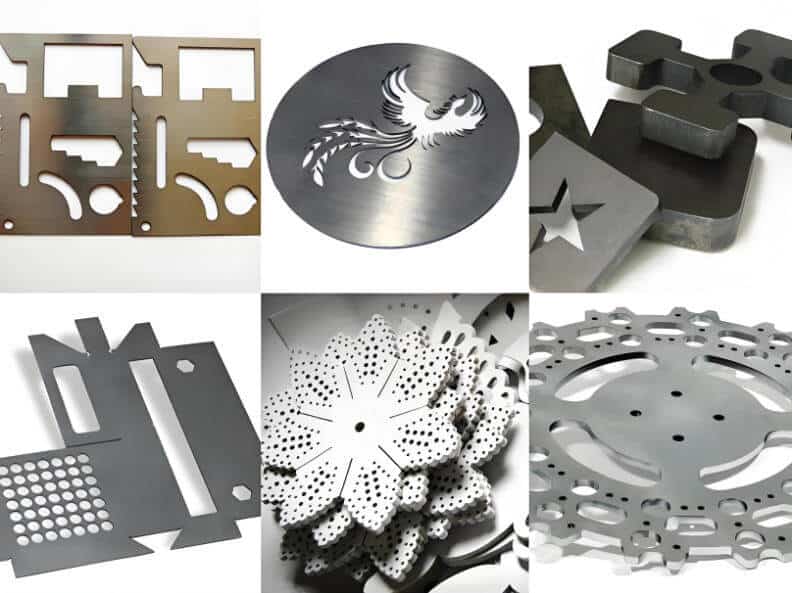
3. What materials are fiber laser cutting machines not suitable for cutting?
3.1 Transparent material
Although the cutting capacity of fiber laser cutting machine is relatively powerful and can efficiently cut various materials, fiber laser cutting equipment also has its limitations, it generally cannot effectively cut transparent materials.
3.1.1 Glass
Due to the high reflectivity of glass and the reduced beam absorption capacity, most of the laser will directly penetrate the material instead of heating and melting it, causing the material to crack, which will eventually lead to cutting failure and inability to achieve accurate cutting.
3.1.2 Transparent plastic
Due to the high reflectivity of transparent plastics and the transmission of the wavelength of the laser beam, the heat of the laser beam cannot be concentrated, and there is no way to melt the material, so that effective cutting cannot be achieved.
3.1.3 Acrylic fiber
This material is generally a heat-sensitive material, which absorbs laser energy poorly, and its wavelength does not match the wavelength of fiber laser, so it is easy to melt and blacken when cutting, so it is generally not recommended to use fiber laser for cutting.
3.2 Organic materials
3.2.1 Untreated wood
Because the wavelength of the fiber laser cutting machine is relatively short, the absorption of organic materials is relatively low, and it is very easy to catch fire, burning unevenly, which eventually leads to edge burning, and may also release smoke or toxic gases during cutting, causing harm to operators.
3.2.2 Leather
Due to the uneven absorption rate of leather to fiber lasers, the surface of the fiber laser cutting machine is easy to burn when cutting. It can also cause discoloration, odor, uneven cutting edges, and ultimately poor cut quality.
3.2.3 Paper and cardboard
Because the paper is easy to ignite during the cutting process, it will cause fire, which will lead to burning of the edges, and eventually lead to poor cutting effect.
3.2.4 Textiles
Due to the relatively concentrated energy of fiber lasers, it usually causes the fabric to burn through or curl deformation during cutting. Moreover, fiber lasers are reflective, so they may not form clean edges after burning.
3.2.5 Certain Foams
Some foam materials are easy to melt and cut unevenly during cutting, and are prone to producing toxic gases, which can affect the operator’s body.
3.2.6 Fiberboard
Fiberboard contains glue or resin, so it is not only easy to carbonize during the cutting process, but also easy to release a large amount of smoke and harmful gases, so it is not suitable for fiber laser cutting fiberboard.
3.3 Highly reflective metals
3.3.1 Polishing aluminum
Polished aluminum is not only smooth and difficult to focus heat on, but also highly reflective, which can reflect the laser back into the machine, causing damage to the machine and reducing the efficiency of cutting.
3.3.2 Gold
Because gold has super reflectivity and thermal conductivity, this material cannot absorb most of the energy generated by lasers, and it is easy to cause damage to the equipment, so it is more difficult to cut.
3.4 Thick metal
3.4.1 Thick steel
For most fiber lasers, steel with a thickness of more than 50mm cannot be effectively cut, if the material is thicker, the laser penetration difficulty will be higher, the heat will be difficult to spread throughout the thickness of the material, and the final edge is easy to scorch.
3.4.2 Thick aluminum
It is generally recommended that the thickness of aluminum does not exceed 8mm, and if it exceeds this thickness range, it will be very difficult to cut. And because thick aluminum has high radioactivity and thermal conductivity, it is difficult for the laser beam to gather and heat, so there will be more slag, which is easy to stick to the incision, which will lead to impermeable cutting and rough cutting surface, and eventually lead to low production efficiency.
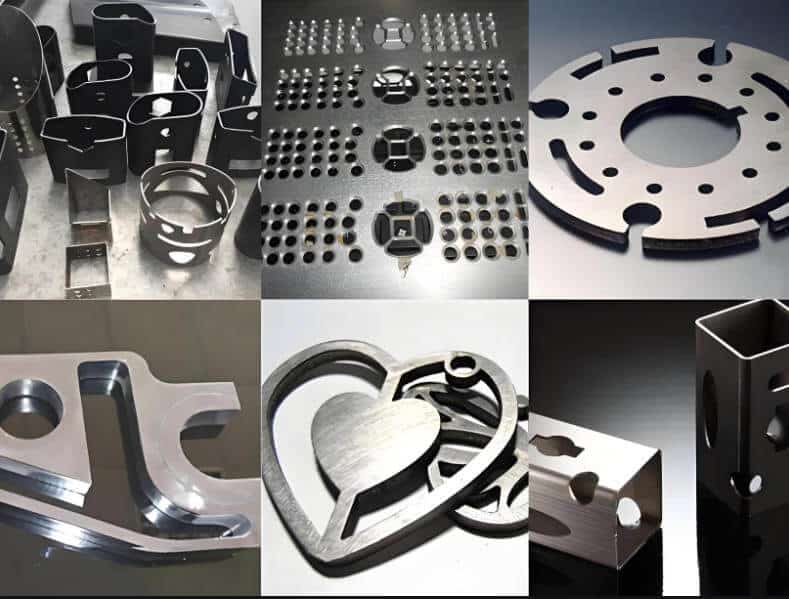
3.5 Ceramics and glass-ceramic
Due to the high hardness of ceramics and the low absorption rate of laser wavelengths, it will increase the difficulty of cutting, so the ceramic surface is generally coated, but usually these coatings cannot be penetrated, which will eventually lead to damage to the cutting edge.
3.6 PVC, chlorine-containing plastics
Since toxic chlorine gas may be released during the cutting process of these two materials, which can contaminate the equipment, it is not recommended to use a fiber laser cutting machine to cut these materials.
3.7 Why Fiber Lasers Have Limitations for Non-Metallic Materials
3.7.1 Wavelength
Usually the wavelength of the fiber laser cutting machine is 1.064μm, which is relatively low for most non-metallic materials, so the cutting effect will not be very good.
3.7.2 Heat control
Because most non-metals cannot absorb and distribute energy evenly, and non-metals are prone to thermal deformation, it is easy to cause combustion during the cutting process, and the final cutting quality will be low.
3.7.3 Material-Specific Properties
Some non-metals such as organic materials, wood or foam have poor interaction with the high-energy beam focused by the fiber laser cutting machine, and these materials are very unstable when cutting, which can easily cause uneven cutting or material damage caused by heating.
3.7.4 Alternatives to Non-Metallic Cutting
For most non-metallic cutting, carbon dioxide laser cutting machine is generally chosen because its wavelength is longer, the interaction with non-metals is better, the cutting is cleaner, the use is more widespread, and it can ensure good cutting quality and personnel safety.
4. Factors affecting fiber laser cutting
4.1 Material thickness
Different thicknesses of materials will directly affect the required cutting speed and laser power, generally the larger the thickness, the higher the required power, thus the cutting speed will be slower.
4.2 Material reflectivity
Some materials have high reflectivity, because this characteristic will directly affect the utilization of laser energy, the higher the reflectivity, the more laser energy will be lost, which will lead to lower cutting efficiency.
4.3 Laser power and cutting speed
Generally, the power of the laser and the speed of cutting will affect the quality of cutting and the efficiency of work. Generally, the higher the power and the faster the speed, the better the cutting, but if not properly managed, it may cause injury to the operator.
4.4 Gas assist type
The auxiliary gases generally used in fiber laser cutting machines are nitrogen and oxygen, if oxygen is used, it may react with the surface of the material, affecting the cutting quality, so nitrogen is usually used to reduce oxidation.
5. Conclusion
From the above introduction, it can be seen that fiber lasers can cut various materials, from metals and non-metallic conductive composites, because of its good accuracy and cutting quality, so it is widely used in all walks of life.
With the continuous development of fiber laser cutting machines, the scope of cutting continues to expand, so RAYMAX has been committed to the manufacture of laser cutting machines, and has also achieved some excellent technical results.
The above is a detailed introduction by the editor today about the What materials can fiber laser cut. For more knowledge about press brakes and fiber laser cutting machines, you can follow our blog updates. As a manufacturer of fiber laser cutting machines and press brakes, RAYMAX is committed to expanding its influence while also providing more, more professional, and more comprehensive knowledge of CNC machinery for friends in the metal processing industry. If you experience any unresolved issues or are interested in purchasing related machines, please feel free to contact us at any time. RAYMAX offers free technical support services 24 hours a day, 7 days a week! Looking forward to your letter ~~~
6. People Also Ask Section(FAQ)
Further Reading
What is Laser Cutting Machine? The Ultimate Guide for 2025
Master the Machine: Full Press Brake Structural Components Guide
Press Brake Buyers Guide: Expert Tips to Select, Compare, and Buy with Confidence
The Golden Rule: How to Operate a CNC Press Brake Correctly
Hydraulic Press Brake Troubleshooting: The Ultimate Guide to Fix Common Problems
What is a Fiber Laser Cutting Machine? The Ultimate Guide for 2025
Laser Cutting Machine application Explained: Top Materials, Applications & Safety Tips Unveiled
Definition, working principle and selection guide of hybrid press brake
Quickly choose the right laser cutting machine ultimate guide
Proper setup steps for Press brakes and analysis of common calibration issues
The Ultimate Guide to Fiber Laser Cutting Machine Working Principles, Components, Workflow and Process Parameters
Top 10 Fiber Laser Cutting Machine Manufacturers of 2025
Post Your Review
Share Your Thoughts And Feelings With Others
Hello, Customers!

Author introduction
My name is Francis Pan, and I am the foreign trade manager of RAYMAX. I have been engaged in the fields of metal manufacturing and CNC machinery for over 10 years. Welcome to visit our official website, I am more than happy to provide you with the best service and products.
Email: [email protected] | Wechat: 13645551070
Top Guidelines
- What is an 8 axis press brake: Why It’s the best investment for complex bends
- Press Brake Guarding Systems & Requirements: OSHA‑Compliant Injury Prevention Guide
- What Is a 3 Axis Press Brake? Complete Guide to Structure, Benefits & Selection
- What is a 4 Axis Press Brake? Configuration, Advantages and Uses analysis
- What is a 6 Axis Press Brake? Working Principles, Advantages, Applications, and Buying Guide
- What Is a Press Brake Used For? 16 Industry Applications and 8 Types of Bends
- Press Brake Sheet Follower: Smart Support for Long, Thick, Thin Sheets
- Fiber Laser Cutting Machine Process
- Press Brake Air Bending: Guide to Principles, Calculations & Best Practices
- What Materials Can a Fiber Laser Cut? A Practical Handbook of Metals, Non-Metals & Limitations
- What is a Fiber Laser Cutting Machine? The Ultimate Guide for 2025
- What is Laser Cutting Machine? The Ultimate Guide for 2025
- Top 10 Fiber Laser Cutting Machine Manufacturers of 2025
- Press Brake Buyers Guide: Expert Tips to Select, Compare, and Buy with Confidence
- Hydraulic Press Brake Troubleshooting: The Ultimate Guide to Fix Common Problems

